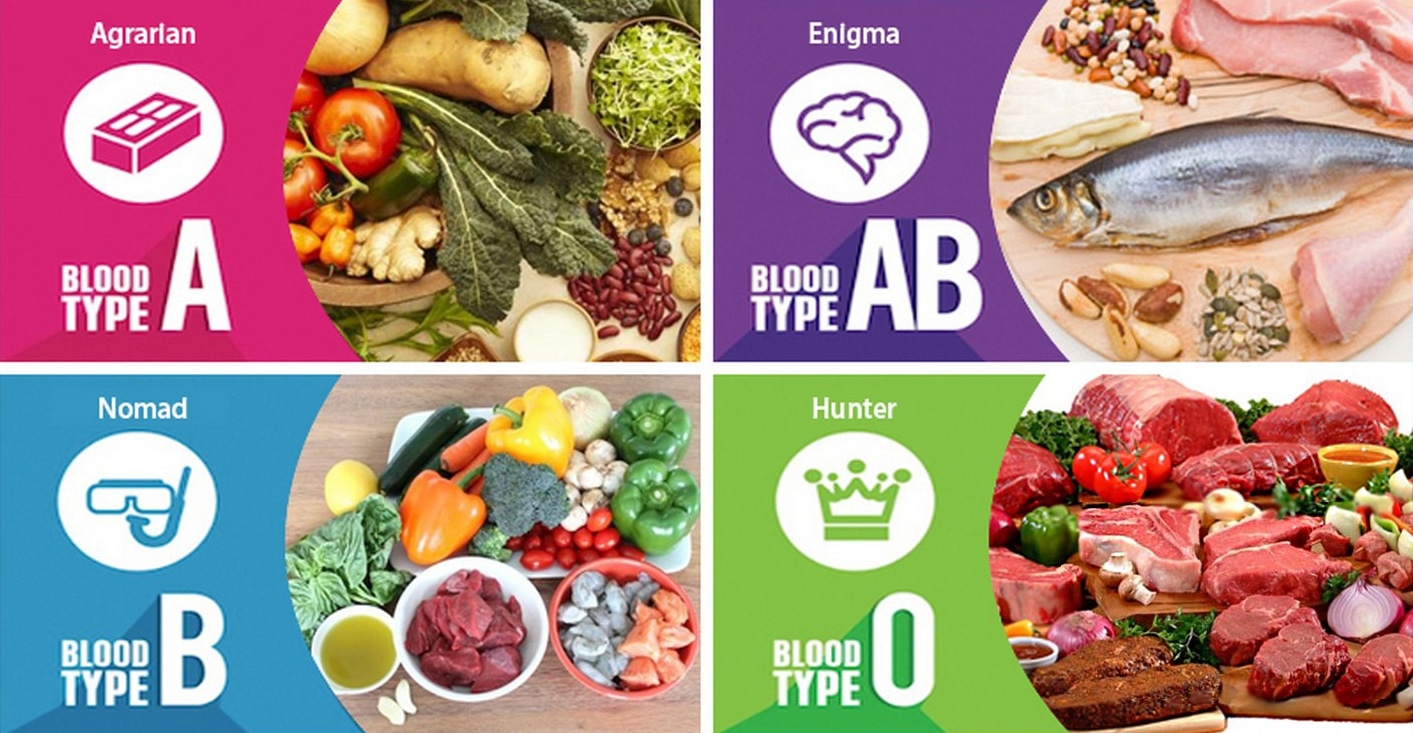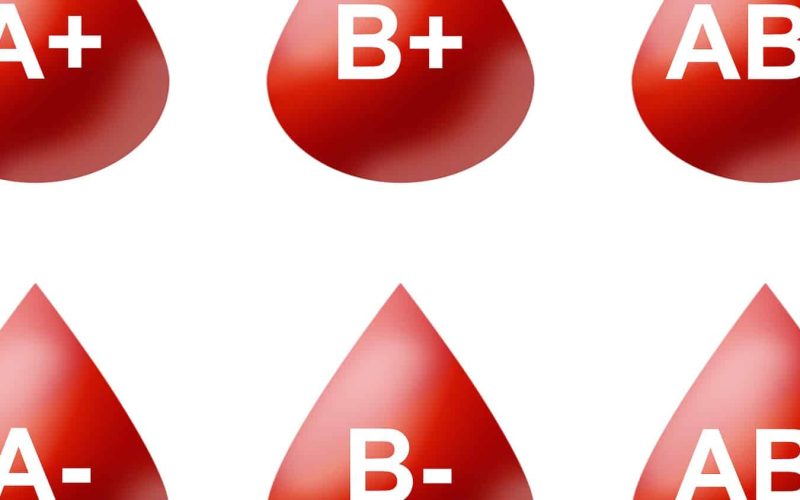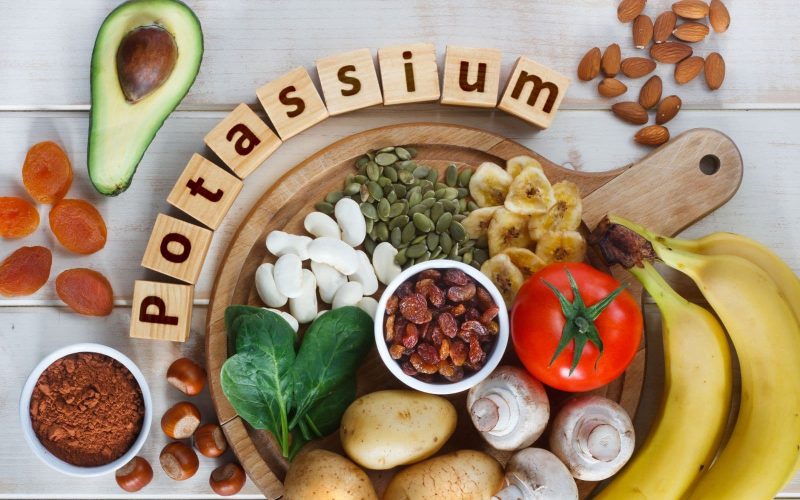There are so many diets on the planet, and it has become almost difficult to decide which of them is best and which works for you. One of those numerous diets is the blood type diet, also known as the Eat Right 4 Your Type diet.
What this diet is about is the assumption that following both a lifestyle and a diet that suits your blood type will help you achieve overall good health and possibly avoid certain medical conditions that your blood type may be susceptible to.
It is also believed that you may be able to get your ideal weight and have your ageing process slowed down if you eat according to your blood type.
All these claims are according to the author of the book titled Eat Right 4 Your Type, the naturopathic physician named Peter J. D’Adamo, MD. The Eat Right 4 Your Type book was first published in 1996 and in a short time, it became a major bestseller.
Since the first publishing and success, Dr D’Adamo has written and published many other books on the blood type diet.
How Exactly Does the Blood Type Diet Work?
Dr, D’Adamo says that the protein components present in food that is known as lectins bind with antigens present on blood cells and causes agglutination, or blood cell clumping.
To avoid agglutination, D’Adamo believes that the blood type diet can help to improve health either by helping people to better manage their weight and also fight heart diseases and cancer.
Liz Weinandy, RD, at Ohio State University Wexner Medical Center in Columbus, Ohio, mentioned that lectins can have some dangerous health implications for us if eaten in large quantity, but the way D’Adamo has presented the effects of lectins may be misleading.
It is relatively easy to reduce the potential health harms that can be caused by lectins: For instance, the lectins that are found in beans can easily be eliminated by soaking the beans in cold water for a few hours and proceed to boil them for 10 minutes, according to Weinandy.
However, D’Adamo has used his theory to develop individual diets for people who have blood types A, B, AB, and O.
He also recommends exercise and an overall healthy lifestyle, such as drinking enough water, explains Weinandy. However, the diet is specific about which foods groups are allowed for different blood types — and that can be restrictive, Weinandy says.
As a matter of fact, while individuals often possess different nutritional needs, us humans are the most complex animals, and narrowing down these specifics to the different blood type may mean oversimplifying those needs.
Is There Currently Any Scientific Evidence that Supports this Blood Type Diet and it’s Effectiveness?
While the Eat Right 4 Your Type may help with weight loss or maintain a healthy weight, as any diet that is calorie-restricted would, whether this diet has more significant health benefits than any other eating approach is a completely different matter entirely.
Those who have criticised this feeding plan argue that there is little or no scientific evidence to back up the theory that feeding according to your blood type can improve your overall health.
Grotto who is a critic says “What does clumping blood cells have to do with weight? I can understand heart disease and risk for blood clots, but as far as I know, there is no science to support the connection of agglutination and obesity, cancer, and so on.”
This is something that other critics agree with because most of the claims in the blood diet book are not scientifically proven.
There was an article that was published in January in 2014 in PLOS One that concluded there was no support for the claims of the blood type diet that adherence to the diet recommendations could lower the risk of chronic disease and improve health.
Researchers did an analysis of a survey from 1,455 study participants and revealed that while some individuals benefited from following a particular diet, this had absolutely no independence of their blood type.
Take, for instance, people who follow the type A diet tended to end up with a lower body mass index (BMI) and a lower blood pressure level than other study participants. This result was achieved regardless of whether the participants themselves had blood that was type A, type B, type AB, or type O.
A Brief Food List for Each Blood Type: What to Eat and Avoid

If you would like to explore the feeding plan, below is a short outline of what foods you can eat and those you should stay away from based on your specific blood type:
Blood type O
If you have blood type O, just like an estimated 46 per cent of the world’s population, the O blood type diet suggests that you avoid grains like wheat, dairy products, alcohol and caffeine. Go for foods like vegetables, fruits, and lean, organic meats.
Blood type A
People who have the A blood type are advised to gear toward a vegetarian diet, including grains, soy proteins, and vegetables. These people are also encouraged to feed on organic and fresh foods in the most natural state possible.
Blood type B
People who have B blood type are classified as omnivores who are allowed to eat a variety of foods. These categories of people should avoid certain foods — such as wheat, corn, buckwheat, tomatoes, lentils, sesame seeds, peanuts, and chicken.
Athena should instead opt for options like a goat, mutton, lamb, rabbit, eggs, low-fat dairy products and green vegetables.
Blood type AB
For people who have the AB blood type, they should choose food options like tofu, salmon, seafood, and mahi-mahi. Dairy products like kefir and yoghurt and green vegetables such as kale and broccoli.
They are also advised to avoid caffeine, smoked and cured meats, and alcohol. They are also told to try and eat more portions of small meals throughout the day.
Below is a 1-Day Sample Menu for Each Blood Type on the Blood Type Diet
Blood type O
| Breakfast | Vegetable juice, two slices of organic bread with almond butter, and a banana |
| Lunch | Fruit slices, a spinach salad with roast beef |
| Snack | Any fruit |
| Dinner | Rice and lamb stew with nicely cooked vegetables |
| Dessert | Fruit cake or fruit salad |
Blood type A
| BreakfastTwo buckwheat pancakes topped with tahini, maple syrup, lemon juice, or jamLunchSome curried peanut tempeh with celery, carrots and broccoliSnackPotatoes chips or Trail mixDinnerRice pasta with greens and fetaDessertFruit cake or crumb apple pie |
Blood type B
| Breakfast | White oatmeal with ghee or unsalted butter |
| Lunch | Avocado or Indian curry salad |
| Snack | Kale chips |
| Dinner | Pork chop or Apple-braised lamb shoulder chops |
| Dessert | Carrot cake |
Blood type AB
| Breakfast | Bread or silken tofu scramble with zucchini and carrots |
| Lunch | Okra soup or cream of mushroom soup |
| Snack | Celery sticks with white bean hummus |
| Dinner | Veggies over apricot-walnut couscous and grilled cod |
| Dessert | Raisin cookies with flourless almond butter |
What Are The Potential Benefits of the Blood Type Diet?
Grotto, when sharing his thoughts about the diet, mentioned that “I have no problems with the blood type A recommendations, which is a plant-based diet, Overall, the recommendations are good for most of the blood types.”
He also mentioned that the blood type diet indeed helps people who want to reduce calories and ultimately achieve weight loss.
“Unlike a lot of other fad diets, the general advice is good, I have dealt with patients who say they feel better after following the diet” Grotto pointed out.
Is it true that the blood type diet can help people with certain conditions?
But are some evidence that suggests that people with certain blood types are more prone to some specific illnesses.
For example, people with the type O blood may stand a greater risk for getting duodenal ulcers. People who are of the type A blood may be prone to a higher risk for atrophic gastritis.
Some people with the blood type O have specific proteins that can get attacked by the bacteria Helicobacter pylori, that is commonly connected to ulcers.
Likewise, the Helicobacter pylori bacteria has been linked with atrophic gastritis, although the exact relationship between type A blood and atrophic gastritis remains unknown.
However, at present, there is no scientific evidence to prove or support the theory that eating a blood type tailored diet has any direct effect on any of these conditions.
Is the Blood Type Diet Safe? What to Expect If You Try It?
Safety is of utmost concern when it comes to any diet. For the blood type, concerns have been raised for those who have the blood type O, as the diet recommendation seems to be too protein-heavy.
It is known that animal protein, red meat to be specific, has been connected to a number of health problems, including heart diseases and colorectal cancer.
Also, dietitians have pointed out it is possible for individuals to experience some nutritional deficiencies when they follow such an eating plan.
Because this feeding plan is very restrictive, it is only wise that you consult your doctor before you begin, if you’re interested in trying it out. Only a medical practitioner can decide if the blood type diet is safe for you.
We would like to know what you think about this diet. Please, reach out to us by leaving a comment below.









